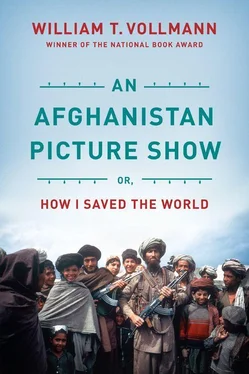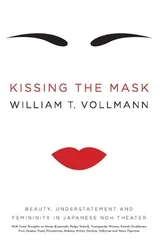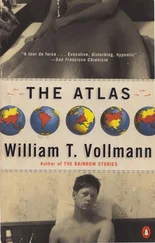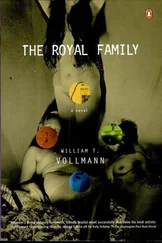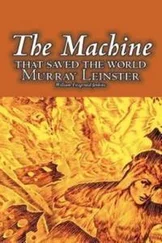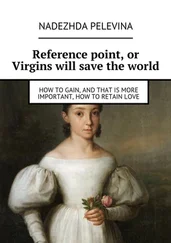1873Khiva falls to Russia.
Russia gives up Badakhshan and Wakhan to Afghanistan in exchange for British recognition of the new frontier. Afghanistan is now the only neutral area between the British and the Russians. Sher Ali, the Afghan monarch, asks Lord Northbrook for assurance of British assistance in the event of a Russian invasion of his country. The British refuse. Sher Ali decides that he must cultivate the Russians.
1875The British become alarmed at the frequent correspondence between Russia and Afghanistan. They become more so when a Russian mission is established at Kabul.
1876The British sign a treaty with the Khan of Kalat, allowing Empire troops to occupy Quetta. Meanwhile, the Russians make a similar arrangement in Kokand.
1878Following rejection of their ultimatum demanding the establishment of a British Resident in Kabul, the British invade Afghanistan, precipitating the Second Afghan War (1878–81).
1879The British retire the bulk of their army after obtaining acquiescence to the presence of a British Resident and the annexation of the Khyber Pass. They begin paying a subsidy to the Amir of Kabul. At the right moment, the Afghans attack the Residence and slaughter all the defenders. Fierce guerrilla-style clashes occur for the next two years, with the Afghans inflicting very respectable casualties. In the end a pro-British government is installed.
1881The British evacuate Afghanistan.
1884Baron de Staal, the Russian Ambassador in London, receives his instructions: Russia will maintain its “expansion in Central Asia, leading us to occupy to-day in Turkestan and the Turkestan steppes a military position strong enough to keep England in check by the threat of intervention in India.”
At this opportune moment, the chieftains of Merv are persuaded to tender allegiance to the Russian Emperor.
1893The Durand Line is drawn to delineate the border between Afghanistan and the North-West Frontier Province of British India. Peshawar and the Khyber Pass are included in the British dominions.
1896Pamir falls to Russia.
1901The British draw another line, and the North-West Frontier Province becomes a separate entity from the Punjab.
In Afghanistan, Habibullah succeeds to the throne.
1907At the Anglo-Russian Convention, Russia agrees that Afghanistan is outside its sphere of influence, and Britain agrees not to occupy or annex the country.
1914World War I breaks out. Afghanistan is neutral.
1917The Great October Socialist Revolution takes place in Russia. The Bolsheviki abrogate the secret protocols of the Tsarist regime, and grant independence to previous rump states such as Bokhara. Later they change their minds and nibble them up again.
1919Constitutional monarchy is adopted in Afghanistan. Amanullah Khan succeeds to the throne. At this point the issue of Afghan independence is as inflammatory as Pushtunistan will be after World War II. Declaring his country’s complete autonomy from any foreign power, Amanullah strikes at British holdings along the frontier, precipitating the Third Afghan War. Allegations are made that the British use chemical warfare against the Afghans. After some inconclusively bloody events, the British recognize Afghanistan’s independence, but not before the Russians do. This year Afghanistan receives its first Soviet subsidy.
1921A Soviet-Afghan treaty is signed recognizing current frontiers. The Khanate of Bokhara falls to the Soviets. Throughout the decade, various revolts against Soviet power take place in Central Asia, but without success.
1926The Soviets and the Afghans sign a Pact of Neutrality and Mutual Non-Aggression.
1928Having taken a leaf from Peter the Great’s book, Amanullah tours Europe and returns to abolish the veil, open coeducational schools and begin construction of a new capitol. Religious leaders encourage revolt. Amanullah is deposed by Bacha Saqqao.
1929One of Amanullah’s generals, Muhammed Nadir Khan, comes out of exile to depose and execute Bacha Saqqao. He then takes the throne as Nadir Shah, and repeals Amanullah’s reforms.
1931“Soviet-Afghan economic relations unfailingly responded to the interests of Afghanistan. A new Soviet-Afghan treaty in 1931 on neutrality and mutual nonaggression helped strengthen Afghanistan’s independence” ( Great Soviet Encyclopedia , 3rd ed. [trans.], vol. II).
1933Zaher Shah, last king of Afghanistan, succeeds to the throne upon the assassination of his father (November 8).
1934The United States officially recognizes Afghanistan.
1935The Germans, Japanese and Italians begin economic activities in Afghanistan. The Nazis explain that whereas Japanese are only “honorary Aryans,” Afghans are true Aryans.
1936The Soviets are refused permission to establish a trade mission in Afghanistan.
1939World War II breaks out. Afghanistan is again neutral.
1940The Soviet Union agrees in principle to Nazi Germany’s suggested Four-Power Pact, in which “the Soviet Union declares that its territorial aspirations center south of the national territory of the U.S.S.R. in the direction of the Indian Ocean.” Buhrhanuddin Rabbani, future leader of Jamiat-i-Islami, is born in Faizabad.
1941Britain and Russia request that Afghanistan expel all nondiplomatic Axis personnel. Afghanistan responds by expelling all nondiplomatic personnel.
1942–43The United States and Afghanistan exchange diplomatic missions.
1946A year after the end of World War II, American firms begin operating in Afghanistan. Over the next few years, the U.S. and the U.S.S.R. both give the country development loans and aid.
1947British India is partitioned into India and Pakistan. Hindu-Muslim hostility creates bad feeling between the two countries from the start. Resettlement of Indian Muslims in Pakistan and Pakistani Hindus in India is accompanied by mutual atrocities. The North-West Frontier Province is given the choice of belonging to India or to Pakistan. It selects the latter. But some Pathans say it should have been given the option of independence, since the tribal areas in the N.W.F.P. are not mere territories but sovereign khanates.
In both Pakistan and Afghanistan there is growing agitation for a “Pushtunistan,” or separate state for the Pathan tribes, who live in the border areas of both countries. Afghan Pathans call upon Pakistan to hold a plebiscite in the N.W.F.P.; Pakistan refuses. When Pakistan applies for membership in the United Nations, Afghanistan casts the sole dissenting vote by reason of the Pushtunistan issue.
1948Pakistan and Afghanistan exchange ambassadors.
1949In the course of quelling unrest in the tribal areas, Pakistan air-bombs the village of Moghulgai, 2,100 yards inside Afghanistan. Meanwhile, Afghan Afridi tribesmen meet inside Pakistan to found Pushtunistan. Riots ensue.
The “Liberal Parliament” is established in Afghanistan. Some freedom of the press is permitted. A student movement springs up.
1950Pakistan stops petroleum traffic to Afghanistan for three months. Afghanistan and the Soviet Union sign a four-year barter agreement. The student movement becomes more aggressive, attacking Islam and the Royal Family.
1951Pakistan’s Prime Minister, Liaquat Ali Khan, is assassinated by an Afghan. In Afghanistan, the student union is dissolved.
Читать дальше
